Paul Bongiovanni initiated his career in visual effects with Fury in 2013. His portfolio now boasts contributions to shows like The Crown, F9: The Fast Saga, The King’s Man, and Mission: Impossible – Dead Reckoning Part One. The Beekeeper marks his collaborative return with director David Ayer.
How did you get involved on this show?
I had been given a tip that David was coming to the UK to film an action feature, and that I could be a good fit to supervise the shoot. I had worked on David’s last UK based title, Fury, and was incredibly excited at the prospect of working with him and his team again. I prepared a good resumé and had the fortune of some great backing and recommendations about my on set work.
How was the collaboration with the Director David Ayer?
Working with David for a second time was a real pleasure. I actually come from a law enforcement background, having worked in various roles within UK Policing prior to working in film. I enjoy watching law enforcement and military themed films, but they need to be authentic for me to be able to immerse myself in them due to my own experiences and knowledge. David has a strong affinity to people who have served in uniform, and for me, End of Watch holds a special place in my heart. I’ve spoken to David with fondness of how he was able to depict, so accurately, the special bond and brotherhood that develops when you work in these particularly stressful and dangerous roles. I admire the rawness of emotion in both End of Watch, and Fury, and his ability to draw so much out of the characters.
Working on The Beekeeper, I knew David would want to do as much as he could practically, and understood that my role would be in support of achieving authenticity. This was an action film, not a VFX dominated film. This was particularly felt in pre-production meetings, when David would demand the highest quality and excellence from each of his HOD’s.
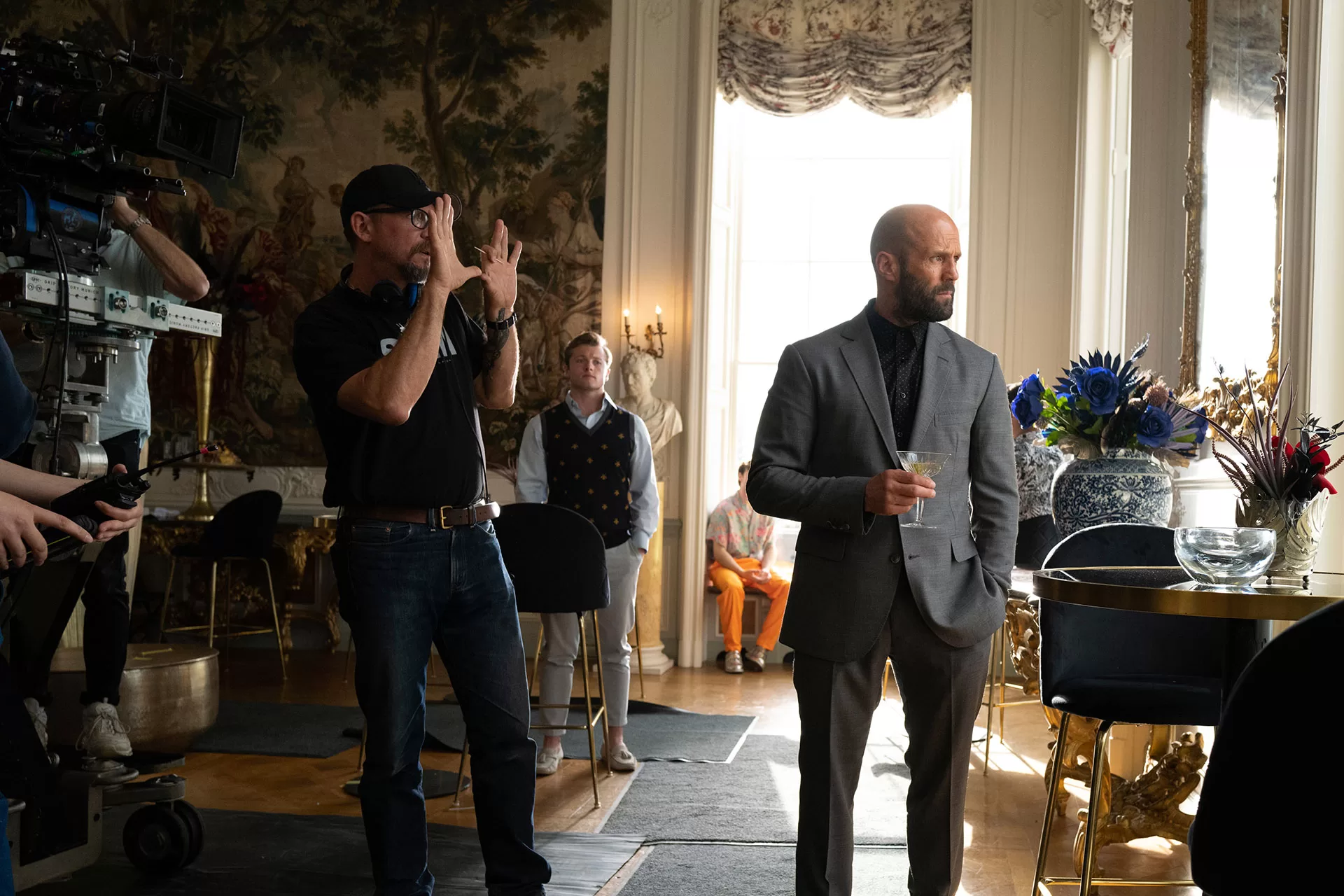
How did you organize the work with your VFX Producer?
When I joined the project, Makana Sylva was already onboard and had done a great job of the initial script breakdown which was a really useful starting point. As is often the case, as things developed through pre-production, and we learned more about our responsibilities on the film from production meetings, we were able to hone our methodologies and bidding documentation. As we moved into shoot, I was joined and supported incredibly by Harpreet Bahia, who built on Makana’s work, and completed the bidding process, developing a great relationship with Yuri Bunin, Kate Gosteva and Alex Savinskiy of T-VFX.
What is your role on set and how do you work with other departments?
I have worked almost exclusively on set for a decade now, and thrive on the opportunities working in film provides for me to collaborate with incredibly talented people and problem solve together in order to arrive at a product that we can all be proud of. For me, it’s not always about achieving obvious VFX shots, but supporting the director’s vision and helping to tell the story without distraction. I achieve this collaborative working by building genuine and meaningful relationships with fellow HOD’s and crew, and I honestly believe that VFX is one of the only departments that truly needs to work with every single other department in order to achieve excellence. There is so much give and take, and some of the very best collaborative interactions don’t take place in the meeting rooms, rather over a coffee at craft, or a quick passing conversation in a corridors. I was especially pleased to be able to work with Ben Munro, our Production Designer and Simon Cockren, our SFX Supervisor. Both understood the brief from David very early on, and helped me to understand his vision for our sets and effects and how I could support them. Most of the film was shot in and around London, and being able to sell those locations for downtown and uptown Boston was ever present in our work.
DP Gabriel Beristain was able to expertly meet David’s vision with the warm, rich tones of the bees, honey and the slow life that Jason’s character, Clay, had chosen, and the juxtaposition with the highly saturated, vibrant and garish colours of the scammers world. It was great to be along for the ride and learn from someone with such an experienced eye for his art form.
The Beekeeper features some incredible stunts, and it was a particular pleasure to work closely with Jeremy Marinas, the Action Unit Director and Fight Coordinator. His ability to dream up action sequences, film stunt-vis and present a solid product was particularly impressive, and always with a huge smile, a healthy dose of enthusiasm and a loud ‘OOSS!’ to get the cast, crew and stunt team pumped up.
I’ve worked with the First Assistant Director, Tom White, on several other projects, including Fury, and having that great relationship meant it was never a problem to shoot any references, clean plates and lighting captures that we needed. Communication is key here, making it clear what you need at the earliest opportunity prevents any surprises.
My amazing, hardworking and never questioning onset team, Harveen ‘Vinny’ Bahia, Jose Armengol, Aileen Creedon and Connor Cain were as slick as ever, and could always be relied on to get in and out of the hot zone on set, capturing everything we needed without fail.
What are the secrets to making on-screen stunts and explosions as realistic as possible, taking into account details such as physics and lighting?
I think you really need to lean into the experience and knowledge of your fellow HOD’s. We had a really capable and impressive stunt team on this film and it’s a blessing working with someone as talented as Jason, who can perform the stunts asked of him with a brutal style that makes you wince from the sidelines when he’s dishing out on screen punishment to the rest of the stunt team. David and Jeremy were able to capture the raw violence of the fights and action sequences, and we were able to assist with the parts that were impossible to shoot for real, due to safety or logistics.
It’s really important to spend time researching how different weapons behave in terms of recoil, muzzle flashes, bullet hits. How different types of explosions evolve and affect materials around them. Simon Cockren and his team were able to provide a really solid base for most of the explosions in the film. Of particular note was the gas station explosion. There were quite a few open mouths after we shot that one!
Can you share concrete examples where visual effects have been used invisibly to amplify the intensity of action scenes without the audience noticing?
A lot of the action sequences utilised wires/tech lines to increase the speed and travel of the hits and kicks that Clay was putting out, as well as from the power of the shockwaves from explosions. We were able to assist by negotiating prime positions for these lines to give effective operation, without compromising costumes and faces and the action itself.
We assisted with the brutality and crescendo of Clay’s journey through the Danforth Mansion with bullet hits, knife blade extensions, blood addition, and not forgetting the cleanup of crew and cameras in the many, many mirrors inside the mansion. As always when shooting on location, it’s important to be sensitive to the buildings and locations you’re inhabiting as a film crew, and thus, we were able to add to the chaos of his journey without compromising the delicate nature of the beautiful building we were so lucky to be shooting in.
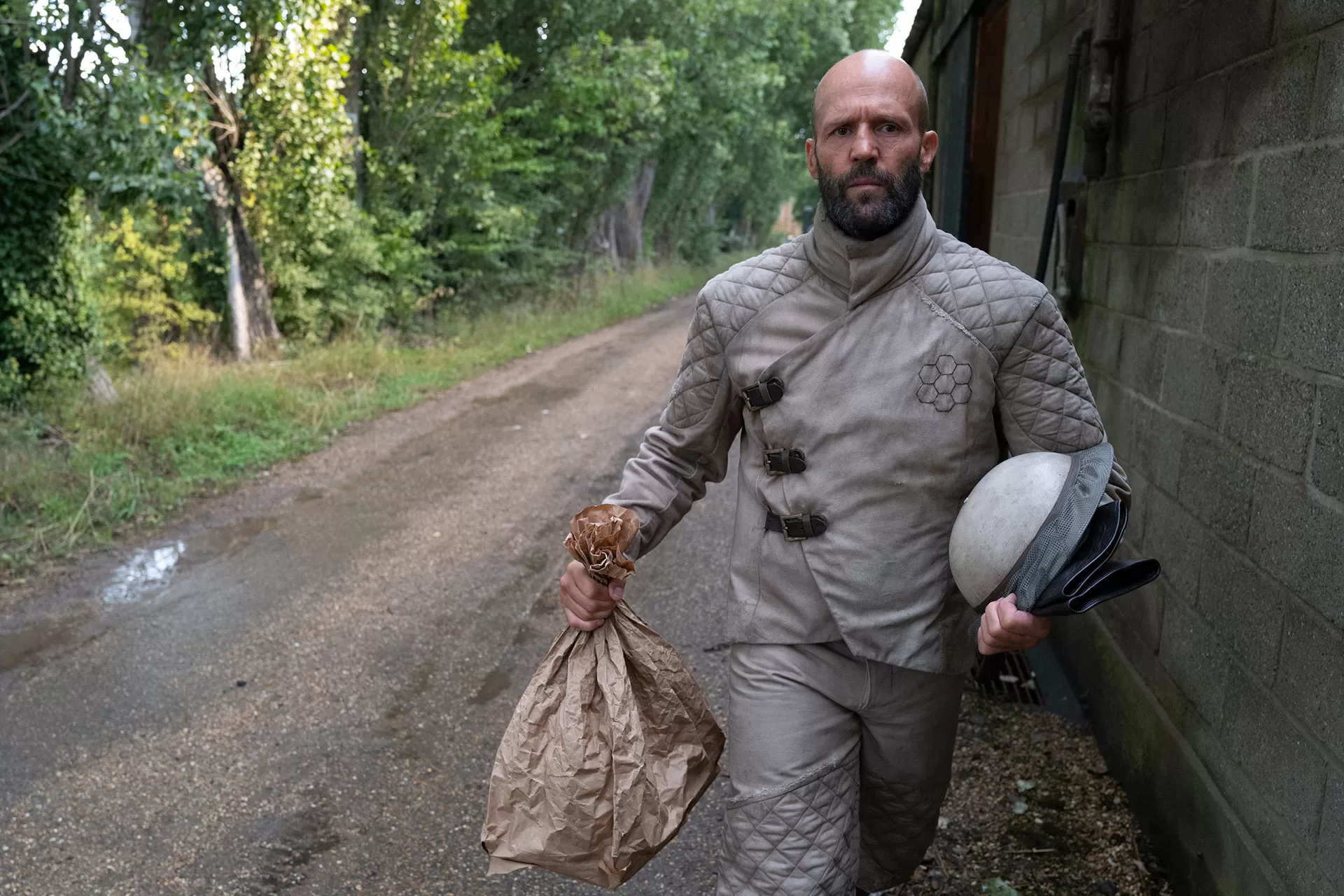
What are the main mistakes to avoid when creating invisible visual effects, particularly in action scenes?
There’s a delicate balance to be achieved between trying to be in control of every aspect when shooting action, and letting the process play out, knowing we can enhance and place bullet hits and damage according to weapon direction and strike points once the action has been captured. There is definitely a flow to shooting this kind of action, and you don’t want to slow anything down when there’s a good rhythm on set. Being able to sit on your hands and allow the process is a skill in itself!
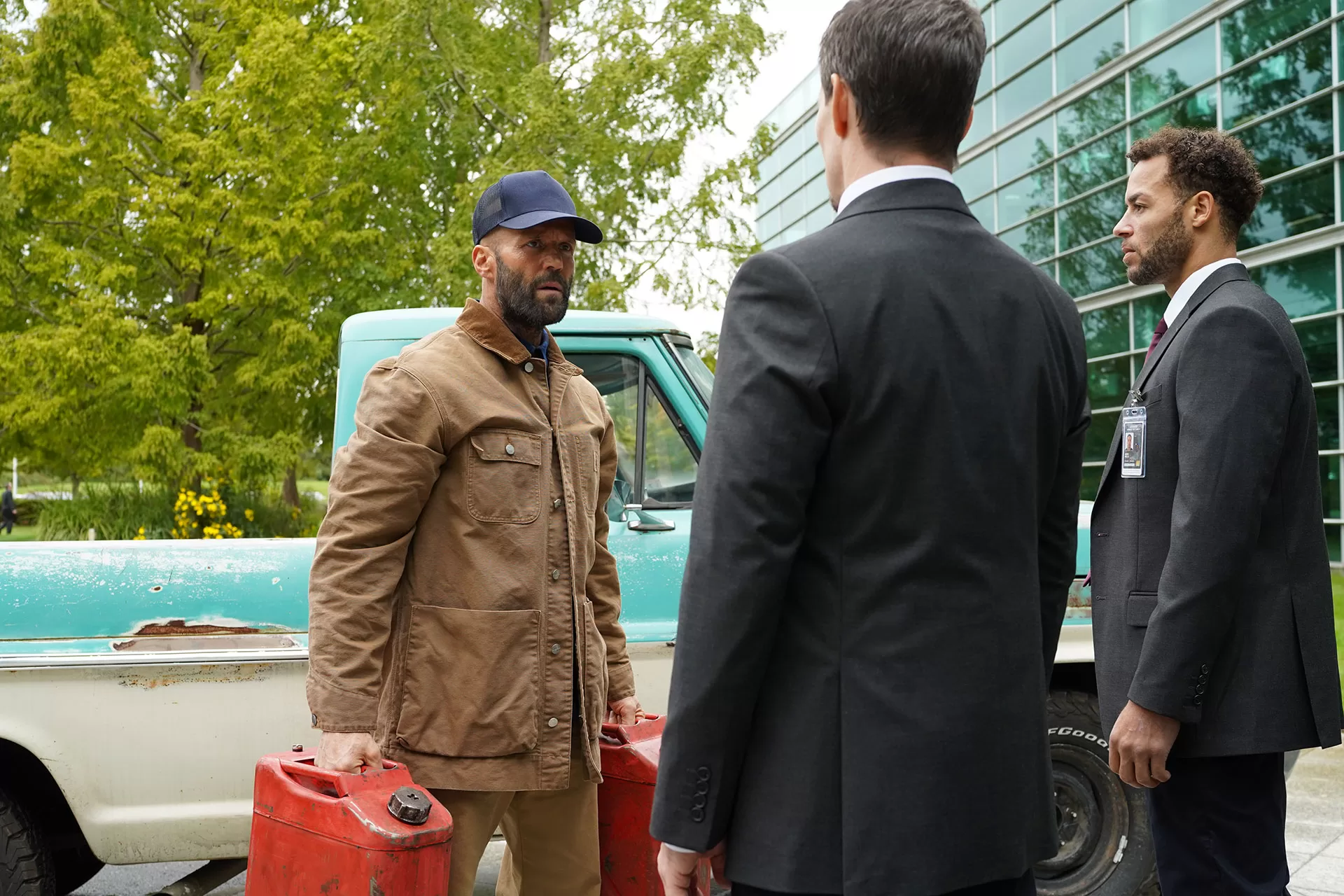
Can you share any interesting anecdotes about specific challenges encountered when creating visual effects on this film?
I think a personal challenge for me was to trust that David knew exactly what he was looking for. He would often jump on a camera and roll, picking out specific action points that he had in his head, or whispering to an actor close to camera. I would panic thinking we were seeing all sorts of nasties in frame, but David would be looking for a very precise movement, look or moment, and would tell me not to worry with a wry smile each time I uttered a protest.
One of our locations was a particular challenge, due to the sheer amount of glass on the building, we could not introduce any percussive explosions at all due to risk of damage, and access to the roof was limited. This meant the Special Effects team’s hands were tied in relation to how much they could give us as a base explosion.
The elevator sequence was definitely a head scratcher, but through some great team working with the set design, stunts, lighting and special effects, I think it turned out incredibly well.
Is there something specific that gives you some really short nights?
I think with good preparation and a couple of good methodologies in your back pocket, you can arrive on set feeling fairly confident. I often experience ‘pre-match nerves’ and even with the best preparation, you can turn up on set and something will inevitably go wrong that you need to react to on the spot. That’s why we do it though right? Something different every day that keeps us on our toes. I like to think my background gives me a unique perspective and calmness under pressure that serves me well on set.
I had done a lot of research into the mirrored corridor fight between Clay and Lazarus, including watching the “Destroy The Image’ sequence in Enter The Dragon and the ‘Hall of Mirrors’ sequence in John Wick: Chapter 2. It is always a challenge shooting with so many reflections and chromed surfaces, and it was impossible not to see cameras and crew in a lot of the mirrors. Working precisely, and methodically was important, and shooting lots of clean plates! I think the sequence turned out really well though, and you’re so invested in the brutality and ballad of the fight, that the mirrors become a supporting feature of the action.
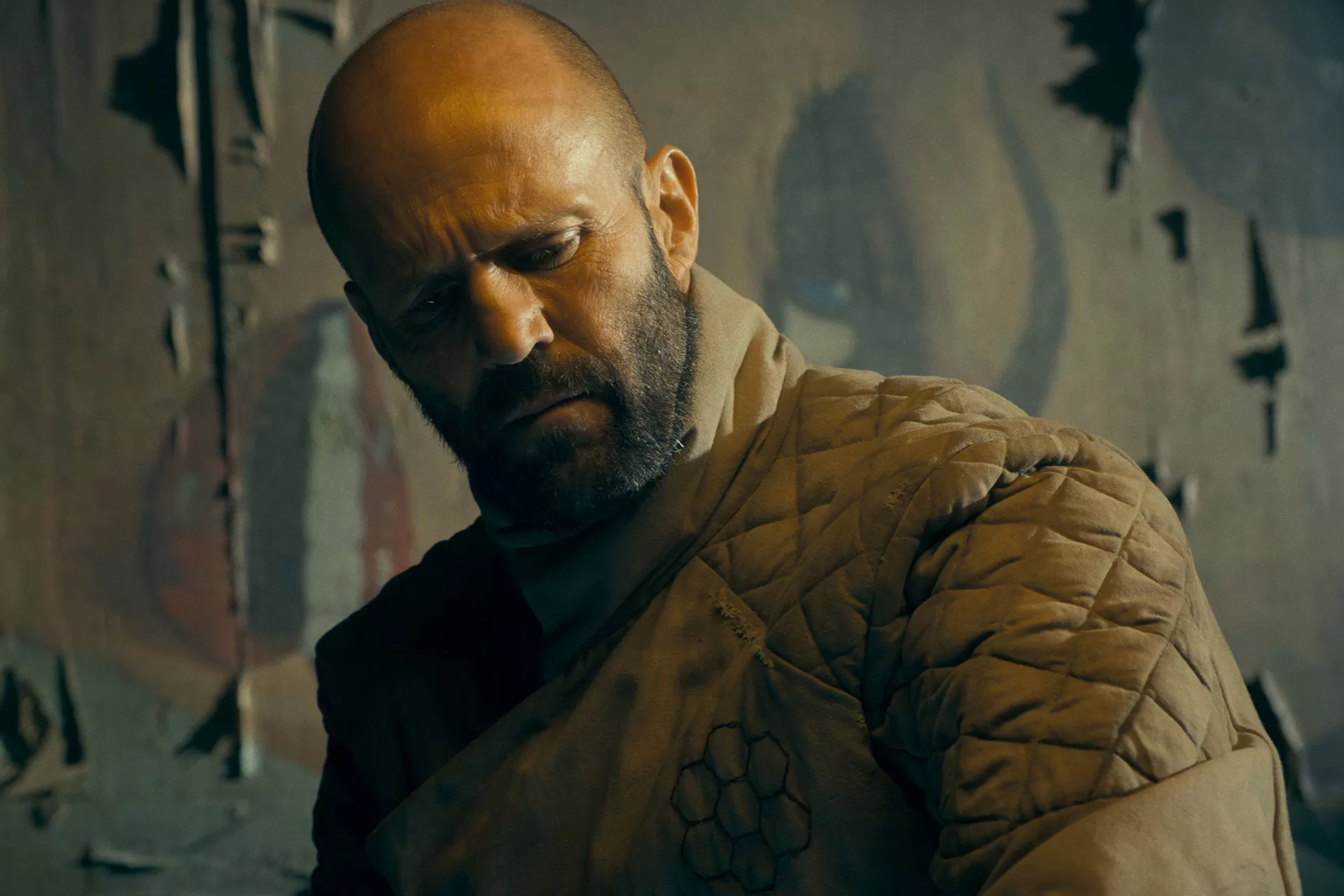
What is your best memory on this show?
David has an impressive ability to create a family out of the crews he assembles. My best memory has to be the people that came together to create the film, who remain friends and are genuinely over the moon to bump into each other on shows following this one. Fury had the same effect, and it was such a team effort, in often awful environmental conditions, that a lot of the crew still feel like family 10 years later.
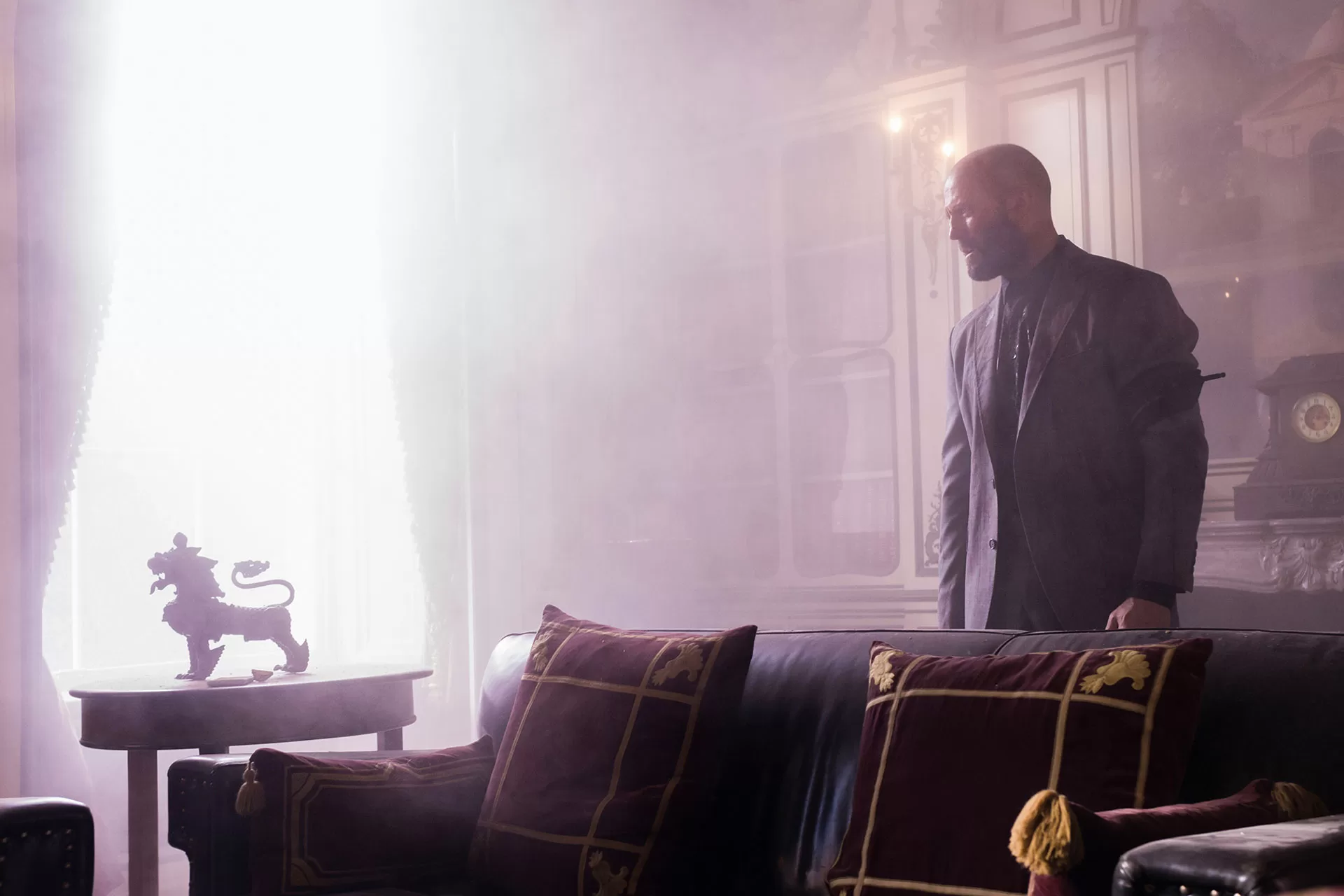
What is your next project?
I’m currently working on a very exciting Apple TV+ project which I joined after The Beekeeper. 2023 turned out to be a very tricky year with the SAG-AFTRA strikes shutting down the industry for half the year, but we were really lucky to be able to get back up and running very quickly once the strikes were called off.
Get out and see the film in the cinema if you can while it’s still out. It’s a darkly humorous, shockingly violent ride, and I think it’s a lot of nostalgic 80’s/90’s fun!
A big thanks for your time.
© Vincent Frei – The Art of VFX – 2024




